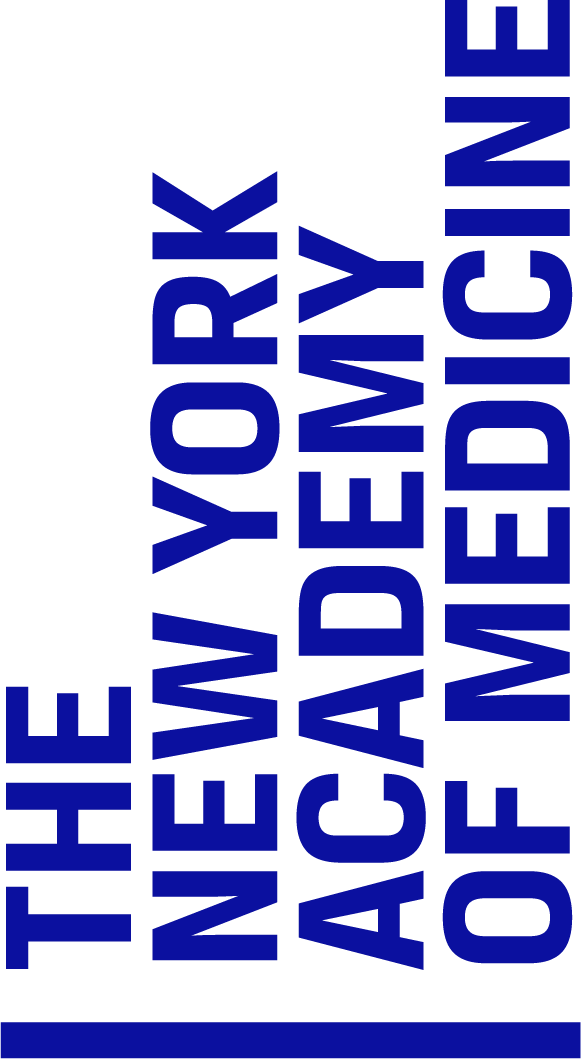Items
(1 - 2 of 2)
- Title
- Aristotle’s Masterpiece, Or The Secrets of Generation displayed in all the parts thereof
- Description
- Published initially in 1684 and popular in both America and England for over two hundred years, this became the most widely reprinted medical book in the eighteenth and early nineteenth centuries. The contributions of the Masterpiece were not particularly scientific, but drew largely from Hippocrates, and Galen, as well as other classical and medieval writers. The source material came from two earlier books: Levinus Lemnius’s Secret Miracles of Nature, originally published in Latin in 1599, and The Complete Midwives Practice Enlarged (author unknown). Chapter headings include sections titled, “The Signs of Barrenness” “The Way of getting to a Boy or a Girl,” “How a Midwife Ought to be Qualified” and “A Word of Advice to both Sexes in the Act of Copulation.” The information this title offered on conception, pregnancy, and childbirth wasn’t particularly innovative; many seventeenth century discoveries in gynecology are absent from the text and replaced by Hippocratic pathology, or by superstition. The “Aristotle” of the title was pseudonymous, and likely evoked by the book’s author to give the tome scientific credibility. The book’s true author is unknown, though Culpepper and William Salmon, an English physician and author, are sometimes credited.
- Subjects (LC)
- Abnormalities, Human, Conception, Early works to 1800, Gynecology, Medicine, Midwifery, Obstetrics, Reproduction, Sex instruction, Sexual behavior
- Title
- The byrth of Mankynde newly translated out of Laten into Englyshe
- Description
- The Byrth of Mankynde, published in 1540, is the oldest manual for midwives printed in the English language. It remained in use both as a guidebook for midwives and as a source for physicians in the practice of obstetrics throughout Europe for the next two hundred years. The 1540 Byrth was a translation from the Latin edition of De Partu Hominis of Eucharius Rösslin’s Rosengarten. Rösslin was charged with supervising the midwives of Frankfurt, and although this volume contains sound instruction on delivery procedures, it did not break new ground in the field of obstetrics. Instead, it makes available the teachings of the Roman physician Soranus, popularized by Moschion, author of a 6th century question – and –answer book for Roman midwives. Other influences include Galen, Hippocrates, Aetius, Magnus and others. The volume’s seventeen copper-engraved plates were among the first in England to be produced by a roller press. The first illustrates “the Womans Stwle,” or birth chair, a birth aid which had been in use at least since Soranus’ time. Sixteen additional plates depict “Byrth Figures” in various positions in utero. The babies in these images, who resemble children age three or four and not fetuses, float dreamily in light-bulb-shaped vessels.


